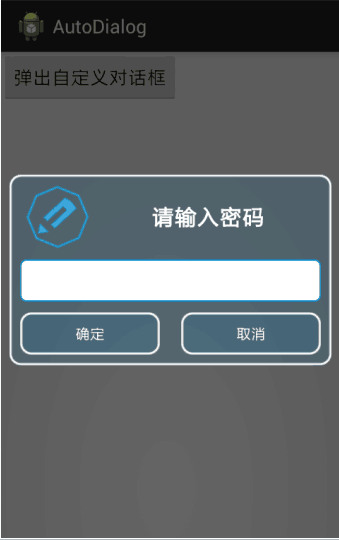編輯:關於android開發
(-)幀布局簡介
幀布局容器為每個加入的其中的組件創建一個空白的區域稱為一幀每個子組件占據一幀,這些幀都會根據gravity的屬性執行自動對齊
(二)屬性
foreground:這是幀布局的前景圖像
foregroundGravity:定義繪制前景圖片的gravity屬性
(三)使用
<?xml version="1.0" encoding="utf-8"?>
<LinearLayout
xmlns:android="http://schemas.android.com/apk/res/android"
android:layout_width="match_parent"
android:layout_height="match_parent">
<FrameLayout![]() android:layout_width="match_parent"
android:layout_height="wrap_content"
>
<TextView
android:layout_width="wrap_content"
android:layout_height="wrap_content"
android:layout_gravity="center"
android:width="300dp"
android:height="300dp"
android:background="#f00"/>
<TextView
android:layout_width="wrap_content"
android:layout_height="wrap_content"
android:layout_gravity="center"
android:width="200dp"
android:height="200dp"
android:background="#0f0"/>
<TextView
android:layout_width="wrap_content"
android:layout_height="wrap_content"
android:layout_gravity="center"
android:width="100dp"
android:height="100dp"
android:background="#00f"/>
</FrameLayout>
</LinearLayout>
android:layout_width="match_parent"
android:layout_height="wrap_content"
>
<TextView
android:layout_width="wrap_content"
android:layout_height="wrap_content"
android:layout_gravity="center"
android:width="300dp"
android:height="300dp"
android:background="#f00"/>
<TextView
android:layout_width="wrap_content"
android:layout_height="wrap_content"
android:layout_gravity="center"
android:width="200dp"
android:height="200dp"
android:background="#0f0"/>
<TextView
android:layout_width="wrap_content"
android:layout_height="wrap_content"
android:layout_gravity="center"
android:width="100dp"
android:height="100dp"
android:background="#00f"/>
</FrameLayout>
</LinearLayout>
 Android如何自學----轉自lavor從segmentfault,
Android如何自學----轉自lavor從segmentfault,
Android如何自學----轉自lavor從segmentfault,如何自學Android 1. Java知識儲備 本知識點不做重點講解: 對於有基礎的
 Material Design:CollapsingToolbarLayout,materialdesign
Material Design:CollapsingToolbarLayout,materialdesign
Material Design:CollapsingToolbarLayout,materialdesign activity_main.xml: <
 Activity詳解一 配置、啟動和關閉activity,activity詳解
Activity詳解一 配置、啟動和關閉activity,activity詳解
Activity詳解一 配置、啟動和關閉activity,activity詳解先看效果圖: Android為我們提供了四種應組件,分別
 Android自定義對話框,android自定義
Android自定義對話框,android自定義
Android自定義對話框,android自定義在android中有自帶的對話框,為了美觀,很多開發者會使用自定義對話框,如下圖: 點擊“彈出自定義對話框按